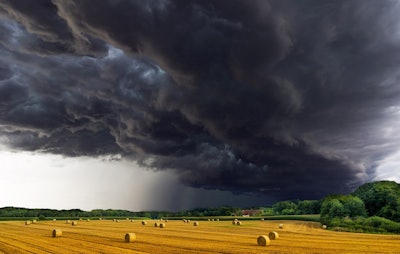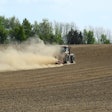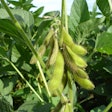
Significant rainfall is forecast to bring drought relief to much of the eastern United States in the coming days, while unusually heavy monsoon showers are expected in the Southwest, according to the latest U.S. Drought Monitor report. The U.S. Drought Monitor is jointly produced by the National Drought Mitigation Center at the University of Nebraska-Lincoln, the United States Department of Agriculture, and the National Oceanic and Atmospheric Administration.
The rainfall that began across the central and eastern U.S. at the end of the most recent drought-monitoring period will continue to shift southward and eastward, potentially bringing substantial moisture to areas experiencing short-term drought conditions.
"Five-day rainfall should reach 1 to 3 inches or more across much of the eastern U.S., as well as portions of the Gulf Coast States," the report stated, offering hope for regions that have seen worsening "flash drought" conditions in recent weeks.
After the current precipitation system moves through, dry weather will prevail across the Plains and Midwest for several days. The Northwest will remain dry until late in the weekend, when showers are expected to arrive along the northern Pacific Coast.
In the Southwest, forecasters are tracking a late-season monsoon surge that will result in unusually heavy showers for this time of year, potentially triggering another round of flash flooding in some of the nation's driest locations. The previous week's Southwest rain already caused spotty flash flooding in areas including Death Valley, California.
Looking further ahead, the National Weather Service's 6- to 10-day outlook for September 30 – October 4 calls for near- or above-normal temperatures nationwide. The north-central U.S. has the greatest likelihood of experiencing warmer-than-normal weather during this period.
Precipitation patterns show a split forecast. Near- or above-normal precipitation is expected across most of the country, which could bring additional drought relief. However, drier-than-normal conditions are predicted in a band stretching from the southern Plains into the Great Lakes region and the Northeast.
The forecast arrives as significant areas of the country continue to struggle with drought. Extreme drought (D3) recently expanded across northern New England, where impacts include poor crop and pasture conditions, along with low streamflow, low lake levels, and groundwater shortages. Parts of the Southeast have experienced worsening "flash drought" amid a warm, dry period.


















